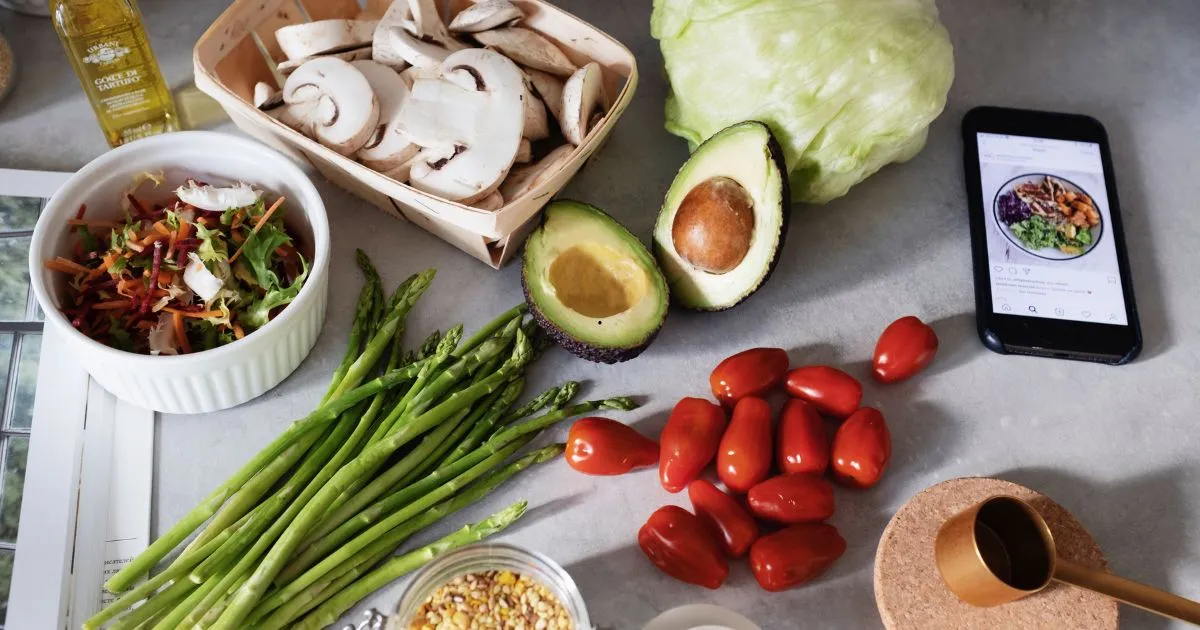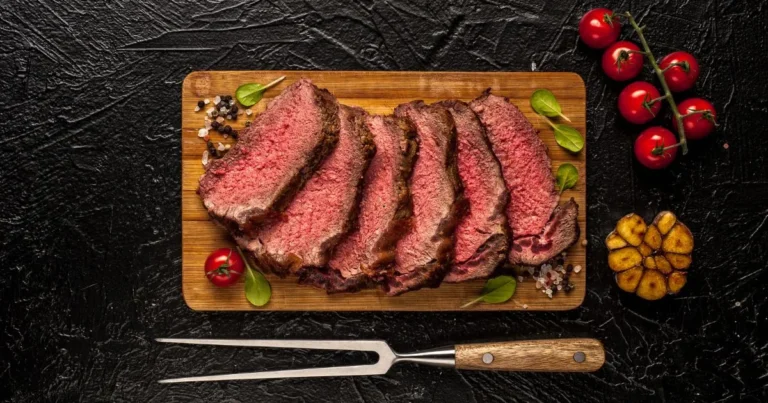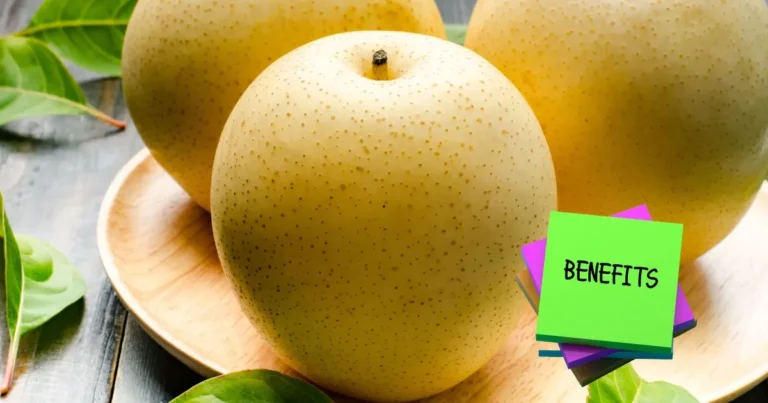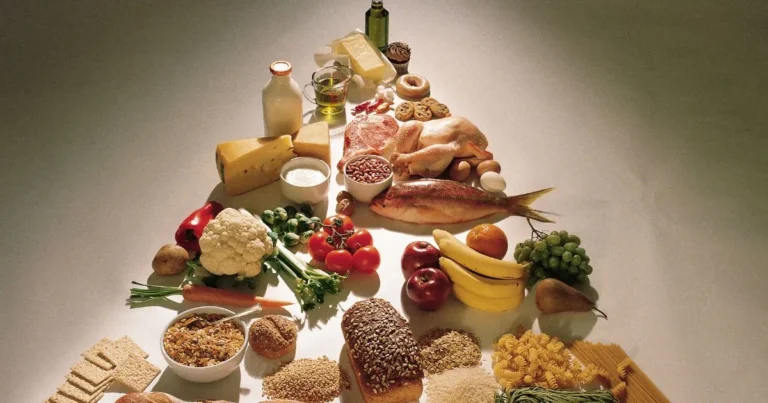Healthy Asian Diet Recipes: Easy and Nutritious Meals to Improve Your Wellbeing
Table of Contents
Nourishing Your Body and Soul Through Asian Cuisine
When was the last time you felt truly satisfied after a meal—not just full, but nourished? If you’re like most people trying to eat healthier, you might struggle with boring, repetitive meals or bland “diet” food that leaves you unsatisfied. Here’s the good news: healthy eating doesn’t mean sacrificing flavor or tradition. With healthy Asian diet recipes, you can enjoy vibrant meals that not only support your physical wellbeing but also uplift your mood, digestion, and energy.
This guide will show you exactly how you can integrate nutritious Asian meals into your daily routine. You’ll explore the ingredients, cooking techniques, and science behind why these dishes are some of the most wholesome in the world. Let’s dive in.
What Makes Asian Diet Recipes Healthy?
Whole, Unprocessed Ingredients Are the Foundation
Asian diets typically revolve around:
- Leafy greens and seasonal vegetables like bok choy, napa cabbage, daikon, and Chinese broccoli
- Whole grains such as brown rice, millet, and soba noodles
- Lean protein sources like tofu, tempeh, fish, eggs, and chicken
- Fermented foods including miso, kimchi, and natto for gut support
These ingredients come packed with fiber, vitamins, and antioxidants that support long-term health.
Balanced Cooking Methods That Preserve Nutrients
You’re not drowning ingredients in oil or overcooking them. Instead, traditional methods like:
- Steaming
- Stir-frying
- Light poaching help maintain the integrity of nutrients.
Natural Flavorings Over Processed Sauces
Rather than relying on sodium-heavy bottled sauces, Asian cuisine uses:
- Ginger, garlic, scallions, and lemongrass
- Fresh herbs like Thai basil and cilantro
- Toasted sesame oil, lime juice, chili, or vinegar
These natural seasonings elevate the food without overwhelming your body.
Healthy Asian Diet Recipes by Meal Type
You’ll love how flexible these dishes are. Whether you’re prepping breakfast, lunch, or dinner, there’s something flavorful and easy to make.
Energizing Asian Breakfast Recipes
Korean Veggie Pancakes (Pajeon)
Crispy, savory, and loaded with vegetables.
| Ingredient | Quantity |
|---|---|
| Scallions (sliced) | 1 cup |
| Carrot (shredded) | 1/2 cup |
| Whole wheat flour | 1 cup |
| Egg | 1 |
| Water | 1/2 cup |
| Sesame oil | 1 tbsp |
Mix all ingredients, pan-fry in sesame oil, and serve with a dipping sauce made from soy sauce and rice vinegar.
Japanese Miso Soup with Tofu & Seaweed
This simple soup hydrates and kick-starts your digestion.
- Miso paste
- Wakame seaweed
- Silken tofu
- Dashi broth
- Optional: scallions, mushrooms
Light and Satisfying Asian Lunch Recipes
Vietnamese Summer Rolls
Cool, crisp, and easy to prep ahead.
| Ingredient | Quantity |
| Rice paper wraps | 6 sheets |
| Cooked shrimp | 1 cup |
| Julienned veggies | 1 1/2 cups |
| Rice vermicelli | 1/2 cup |
| Fresh herbs | Handful |
Wrap tightly and dip in homemade peanut-lime sauce.
Thai Lemongrass Chicken Salad (Larb Gai)
A zesty low-carb dish with lean protein.
- Ground chicken
- Lime juice
- Lemongrass
- Fresh mint and cilantro
- Toasted rice powder for crunch
Serve in lettuce cups or over cabbage slaw.
Nourishing Dinner Recipes Inspired by Asian Diets
Stir-Fried Bok Choy with Shiitake Mushrooms
Quick, flavorful, and nutrient-dense.
- Garlic, sesame oil, ginger
- Bok choy
- Shiitake mushrooms
- Soy sauce (or tamari for gluten-free)
Bibimbap with Brown Rice and Vegetables
A balanced, colorful Korean bowl.
- Carrots, spinach, bean sprouts, mushrooms
- Fried egg
- Brown rice base
- Gochujang (red chili paste)
Top with sesame seeds and serve warm.
Snack and Side Recipes
Cucumber and Wakame Seaweed Salad
Hydrating and rich in iodine.
- Thinly sliced cucumber
- Rehydrated wakame
- Rice vinegar, sesame oil, and sesame seeds
Steamed Edamame
Simply sprinkle with sea salt and chili flakes. Great as a fiber-rich snack or side dish.
Tips for Creating a Balanced Asian-Inspired Diet
The One-Bowl Rule
Follow this visual:
- 50% vegetables
- 25% whole grains (brown rice, noodles)
- 25% lean protein (tofu, seafood, poultry)
Rotate Ingredients Weekly
Diversity keeps your meals interesting and your microbiome happy:
- One week: tofu, bok choy, soba noodles
- Next week: tempeh, eggplant, millet
Make Your Own Sauces
Keep your sodium and sugar levels in check.
- Soy-lime dressing: soy sauce + lime juice + honey
- Miso-ginger glaze: miso + ginger + rice vinegar + sesame oil
- Tahini-sesame sauce: tahini + soy + lemon juice + garlic
Nutritional Benefits of Healthy Asian Diet Recipes
Supports Gut Health
Fermented foods like kimchi and miso replenish good bacteria. High-fiber vegetables aid digestion.
Promotes Hydration and Anti-Inflammation
Many recipes use ingredients like cucumber, broth, bok choy, and seaweed—all naturally hydrating. Ginger and turmeric, common in Asian cooking, help reduce inflammation.
Helps Maintain Healthy Blood Sugar Levels
The fiber in whole grains and vegetables slows digestion, preventing sugar spikes.
Common Mistakes to Avoid
- Using too much soy sauce or store-bought sauces loaded with sugar
- Overcooking vegetables (retain crunch = retain nutrients)
- Choosing white rice all the time instead of mixing with brown or red rice
- Forgetting to include protein in vegetarian meals
FAQs About Healthy Asian Diet Recipes
What are the healthiest Asian dishes to make at home?
Start with miso soup, steamed vegetables, stir-fries, and fresh spring rolls.
Are these recipes good for meal prep?
Yes. Most dishes can be refrigerated and eaten cold or reheated.
Can I lose weight eating Asian diet meals?
Absolutely. These meals are nutrient-dense and calorie-smart.
How can I make gluten-free Asian recipes?
Use tamari instead of soy sauce. Choose rice noodles or 100% buckwheat soba.
Are these recipes kid-friendly?
Definitely. Try veggie fried rice, mild curry noodles, or sushi rolls with avocado.
Conclusion: Small Shifts, Lasting Wellness
You don’t have to commit to a completely new way of eating overnight. Start by introducing one or two healthy Asian diet recipes each week. Soon, you’ll notice better digestion, improved energy, and greater satisfaction with your meals. The balance, variety, and nourishing quality of Asian cuisine make it one of the most enjoyable paths to wellness.
So go ahead—shop for sesame oil, stock up on miso, and grab that bundle of bok choy. Your journey to flavorful, nutritious eating starts right now.
Ready to try these healthy Asian diet recipes? Share your favorite dish or ask a question in the comments. Don’t forget to bookmark this guide and refer back whenever you need meal inspiration!








